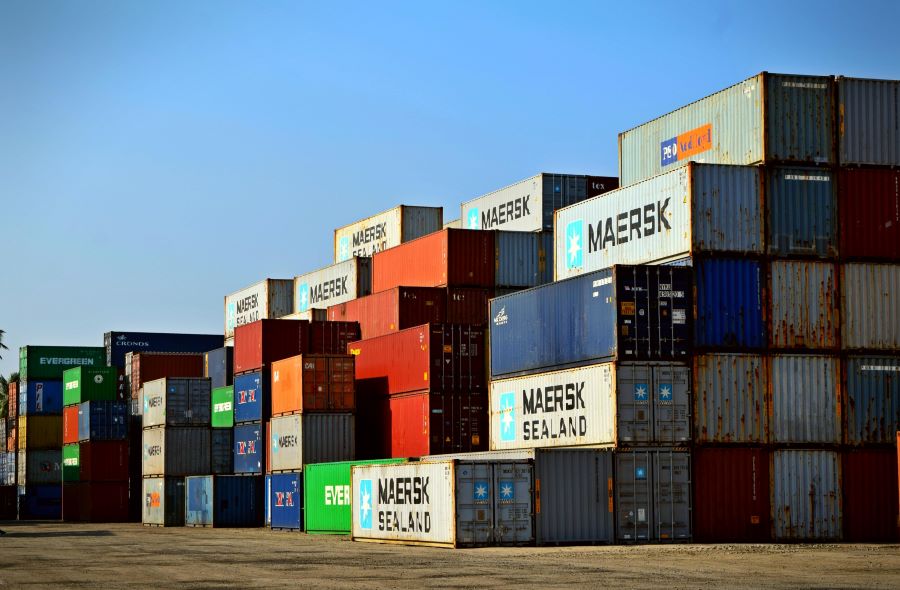Definition of Capacity
The (output) capacity of an operation is the maximum amount of value-adding output (per time period) that can be sustained under normal operating conditions. Capacity can be measured in many different ways across many different industries, typically as a unit of output per a unit of time. There is no one-size-fits-all capacity formula to use to calculate capacity.
Want to learn more about Operations Management?
Access the FREE mini training course:
THE FORGOTTEN FUNDAMENTALS OF OPERATIONS MANAGEMENT
What is Design Capacity?
Design capacity is the maximum output rate that can be achieved under “ideal” conditions (ignoring many real world typical losses and inefficiencies). Design capacity is also known as theoretical capacity or ideal capacity, and is a type of output capacity.
What is Effective Capacity?
Effective capacity is the maximum output rate that can actually be achieved under standard conditions; it is what can be realistically achieved and sustained. Effective capacity is also known as actual capacity, practical capacity, normal capacity, usable capacity or average capacity, and is also a type of output capacity.
What is the Difference Between Design Capacity and Effective Capacity?
Design capacity is the maximum output rate that could be achieved in ideal circumstances, while effective capacity is the maximum output rate that can actually be achieved in standard circumstances. The design capacity of a process is what we calculate that the system should be able to do when trying to do as much as possible, ignoring many typical losses that occur. On the other hand, effective capacity is what the system can realistically achieve and sustain.
Design Capacity vs Effective Capacity: Taxi Example
A taxi driver’s productive output might be measured in the number of miles it drives paying customers per day.
The taxi driver and his taxi might have the “theoretical” capacity (design capacity) to output 300 paid miles of journeys per day, 30 miles per hour multiplied by his ten hour shift. The car can easily do this and it’s reasonable to do so within the bounds of the law.
In reality, when he’s working flat out and is never waiting for the next job, the taxi driver might only output 150 miles of taxi journeys in a day. This is his effective capacity (actual capacity), and (in our example) is only half of his theoretical capacity!
Why is his effective capacity lower than his design capacity?
- Set-ups: the taxi driver has to drive to pick up the clients
- Set-up variations: the taxi driver has to drive around looking for his clients
- Restrictions/speed loss: sometimes the driver can only drive at 20 miles an hour
- Errors and mistakes: sometimes the driver makes a wrong turn and can’t bill for that mile
- Variability: sometimes the taxi driver hits traffic
- Planned maintenance: the taxi driver will need to go and get more fuel and use the toilet throughout the day
If the taxi driver wants to sell more miles, getting his effective capacity closer to his design capacity, then he needs to reduce these differences and causes of lost time through operational “improvements”!
Rowtons Training provides businesses and individuals with operations management training courses, alongside our free resources.
Want to learn more about demand and capacity management in operations and supply chain? Check out my course on Operations Management A-Z.


